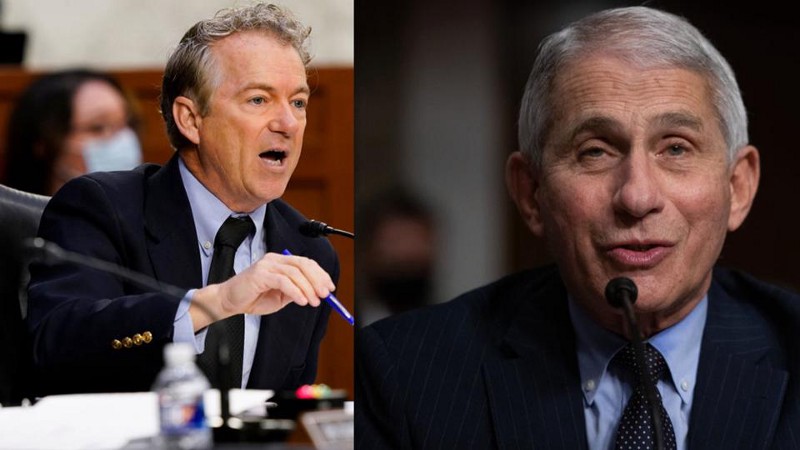How We Frame Climate Change May Help Bridge the Political Divide

The iconic image of the lonely polar bear, floating out into the vast ocean isn’t enough to maintain its hold on our heartstrings and move us into action to help ward off climate change. Even when devastating reports file in about this winter being the hottest on record and projections on glaciers shrinking by 70 percent in 2100, people don’t often turn their heads to notice. (This is big news people!) Previous research has shown peer pressure is a good motivator to get people to go green. But the politics of the matter; making large-scale changes is a bigger issue. It has become a rallying cry for particular parties — some for and others against climate change. As if it were a discussion of legitimacy. A group of researchers believe they have a cure.
It’s really about how we’re framing the issue, according to political scientists Alexander Severson and Eric Coleman of Florida State University. Their paper, which was published in the journal Social Science Quarterly, compares various climate change issue frames to find which ones best move people to support action.
They believe that “[t]he ideological divide may be neither as wide nor as deep as suspected if it can be weakened by the manipulation of a few words. If this is true, then the necessary large-scale collective action required to temper the effects of climate change might not be so huge an improbability as once imagined.”
They surveyed a group of 360 adults through Amazon’s Mechanical Turk. Each participant was given one of seven papers to read, arguing for the consequences of climate change and with the intention of moving people to action. One argument was just the facts, while others were framed around science, morality, or economics. These particular frames were then presented in different ways. For instance, those who got the scientific frame could have gotten the positive (“If humans reduce emissions of greenhouse gases … lower temperatures will reduce the damage to coastal ecosystems”) or negative (“If humans continue to emit greenhouse gases at current rates … higher temperatures will increase the danger to coastal ecosystems”) version.
Likewise, the moral frame contained either a religious or secular bent — one that claimed it as our “Biblical duty” to protect God’s creation or our “moral duty to ensure the environment is protected” on the ground that “we share the world with all human and non-human life.” The economic frame highlighted either fairness (a la Pope Francis’ recent speech talking about how the poor will be the worst off) or the harm that would put the entire nation at risk.
After reading one of the seven frames, the researchers then had the participants rate their level of support for one of four policies that called for regulation of carbon, gas taxes, carbon taxes, or climate treaties.
So what arguments drove people to accept more action?
“Frames that emphasize science, secular morality, and economy equity have the potential to increase public support for climate change policies.”
However, the researchers report their disappointment to garner action toward positive policy changes with several of the other frames — ones that may have helped scientists tailor their arguments to conservative Christians. They write:
“Frames that we expected conservatives to be responsive to (religious morality; economic efficiency) fail to change support for climate policy.”
But, the researchers discovered that “the positive science frame and economic equity frame reduce the ideological divide in climate policy support.”
Climate change has become politicized — a certain state governor allegedly banning words like “global warming” comes to mind. Scientists have done the work for us; the predictions models based on long-term weather trends shows the detrimental results that will ensue if states don’t start preparation for the big changes coming — that have already started. So, rather than talking about whether or not it’s true, we should start talking about what to do first.
Gina McCarthy, the head of the nation’s top environmental agency, discusses EPA strategies for bringing the climate conversation into the homes and meeting places of those likely to be most affected by severe shifts (e.g., the poor).
Read the full study at Social Science Quarterly.
Photo Credit: PAUL J. RICHARDS / Getty Staff




